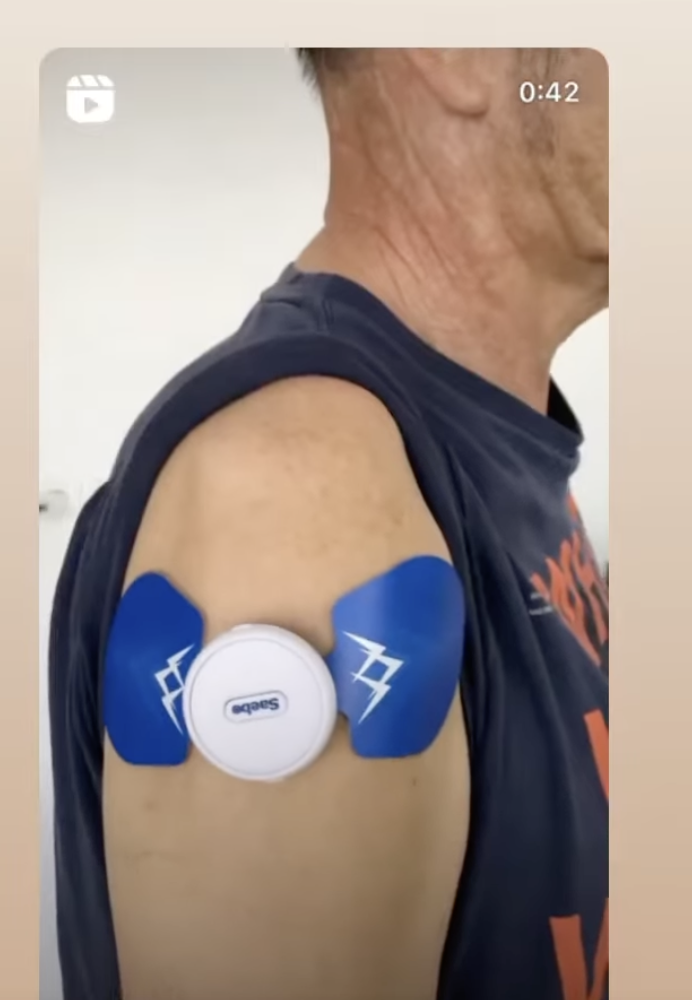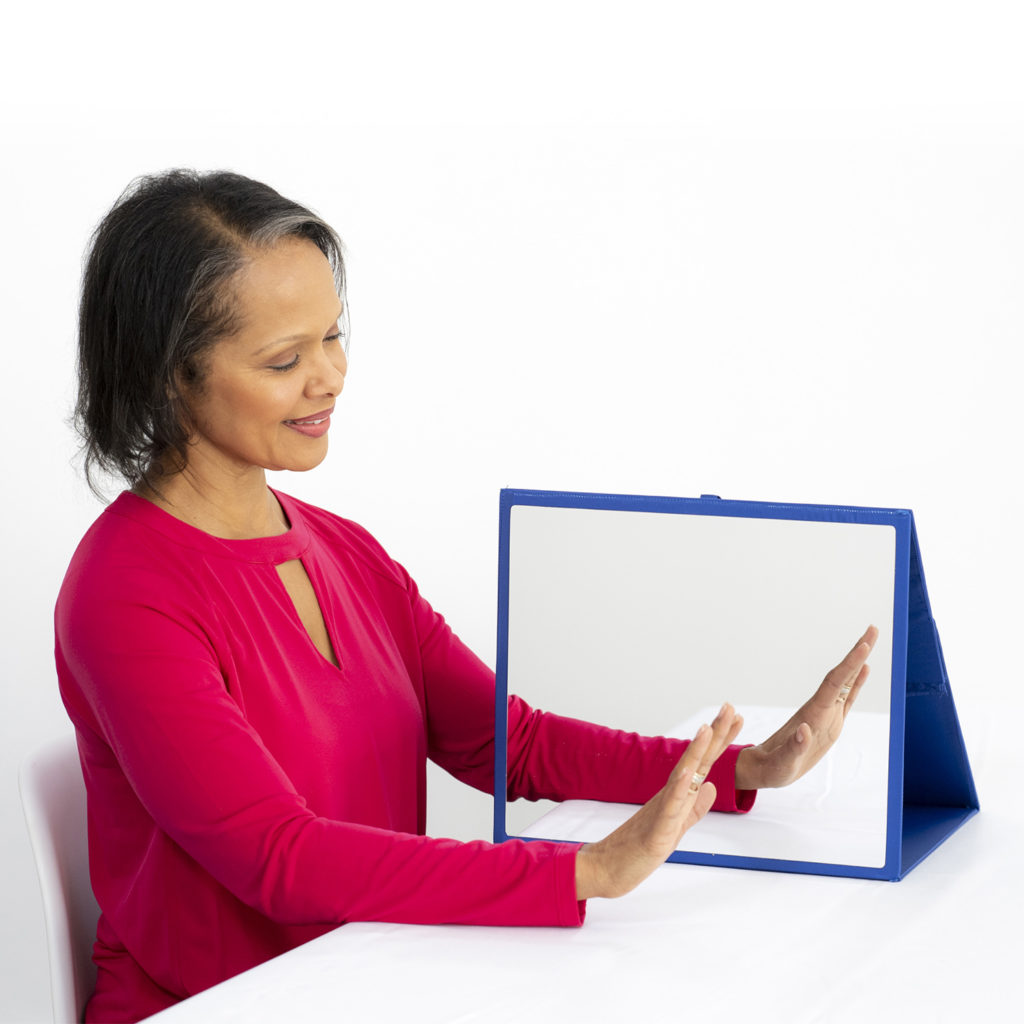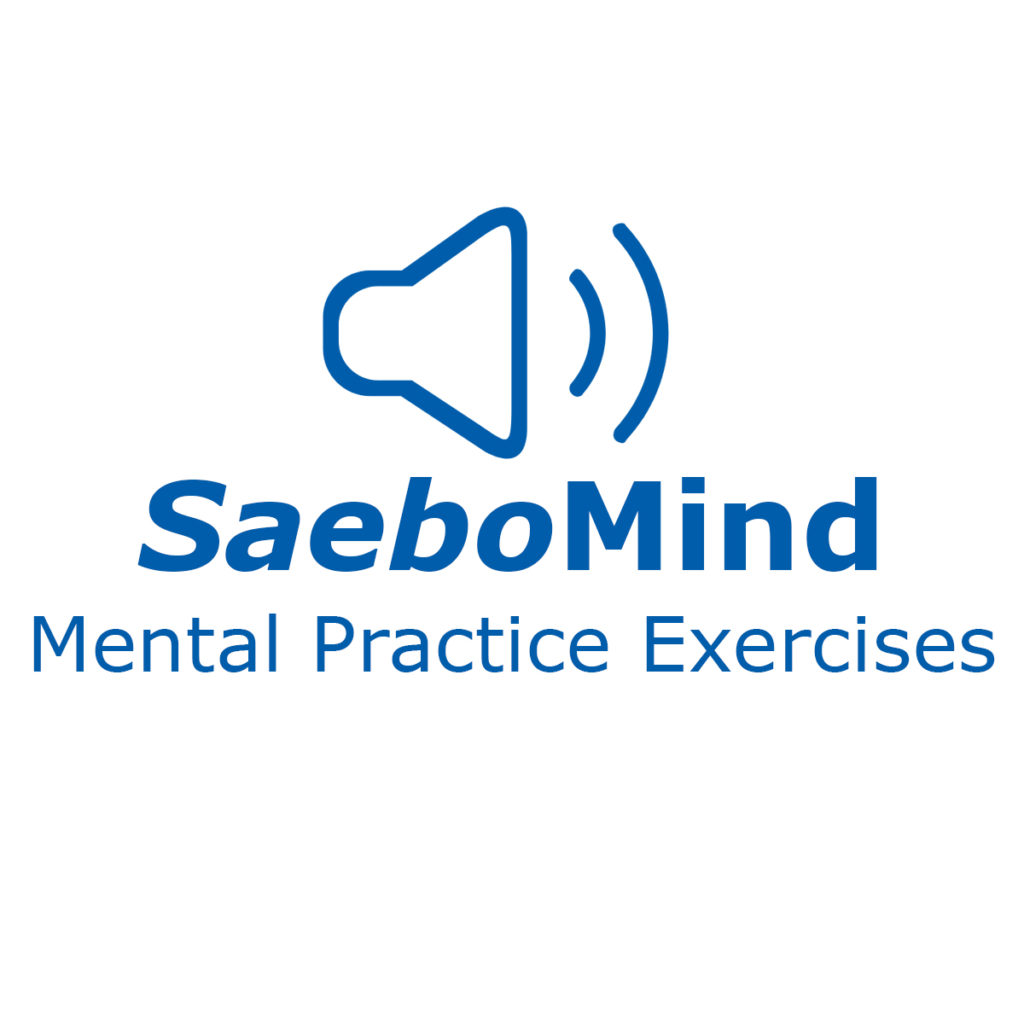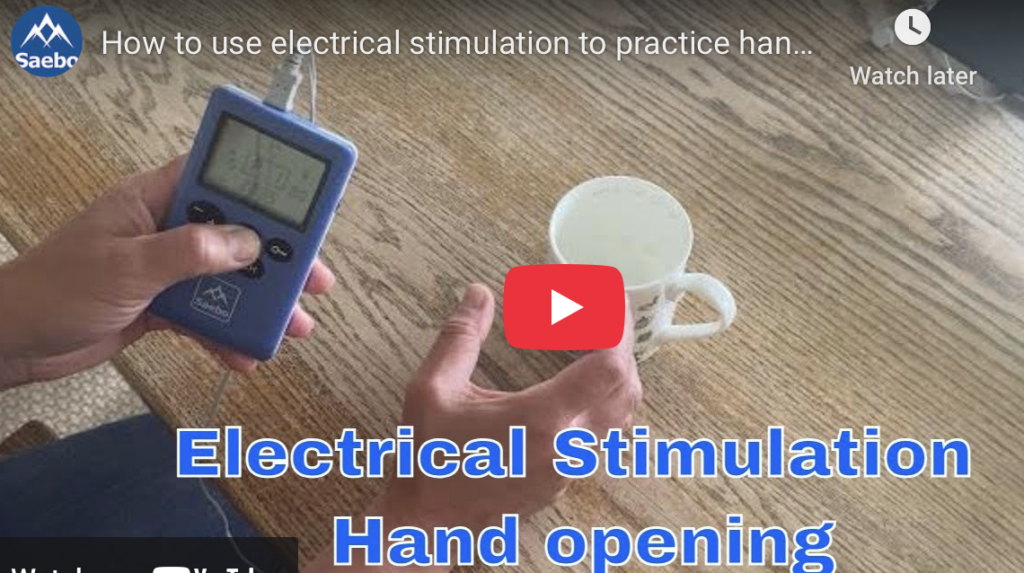Top 10 Evidence Based Arm Recovery Strategies After Stroke With Saebo
Amy Bean
Wednesday, August 20th, 2025
Arm RehabilitationEvidence-based therapyNeurorehabilitationOccupational therapyPhysical therapyPhysiotherapySaebo toolsStroke careStroke RecoveryUpper limb exercises
This handy user guide of the Top 10 interventions for Stroke rehabilitation are supported by the latest UK and Ireland National Clinical Guidelines for Stroke, the Australian and New Zealand Stroke guidelines and Canadian Stroke Recommendations for Best Practice. A full reference can be found at the bottom of this post.
All dosage recommendations (“How much/How often”) comes from the best evidence available. For some interventions this is very concrete e.g. NMES for shoulder subluxation, and for others such as Mirror Therapy we know it works but exact guidance on dosage is not as well known so we have provided the best summary information available.
1. Electrical Stimulation : “NMES” or “FES
What Is it ?
An electrical current stimulates nerve activity in a targeted muscle to ellicit a muscle contraction. This can help build strength, enhance motor recovery and enable task practice when weak or no movement. If the movement generated is used to help practice a task this would FES (Functional Electrical Stimulation) and if used in isolation with no task it is NMES (Neuromuscular Electrical Stimulation).
Saebo Product suggestion
Our SaeboStim One is wireless and quick and easy to use with just 1 pre set programme. It is suited really well for shoulder subluxation. The SaeboStim Pro has 2 channels to allow stimulation of 2 muscles at the same time, wider variety of programmes and electrode size choice. It is ideal for practicing tasks because of its trigger button which gives you control of when the stimulation comes on and off.
How Much/How often ?
For shoulder subluxation wear up to 6 hours per day.
For any other muscle group, consider using for 30 minutes per muscle per day.
Ideally aim to use to practice part of, or a complete task if movement allows. This is when the stimulation is termed “FES” or Functional Electrical Stimulation and is the gold standard to aim for.
2. Mirror Therapy
What is it?
Stimulate motor recovery by reflecting movement of the unaffected hand. The visual input, along with the attempted movement of the affected limb, can stimulate the brain’s neuroplasticity, encouraging the brain to rewire and relearn movement patterns.
Saebo Product suggestion
Our SaeboMirror Box can be opened up with one hand and has a large aperture to make it easier for the forearm and hand to be positioned inside comfortably.
It’s worth noting that you can combine Mirror Therapy with NMES or Sensory Stimulation (using our mesh glove and sleeve with the SaeboStim Pro) .
The SaeboMirror Box comes with exercise ideas to get you started.
How Much/How often?
The best summary from current research is 15-60 minutes sessions, 5-7 times per week for a 2-8 week programme. Note that it can be used longer than 2-8 weeks.
3. Mental Practice /Motor Imagery
What is it?
Mental rehearsal of movements or a task without physically performing them. These can help retrain your brain to perform everyday tasks. It’s based on the science of neuroplasticity, which is the brain’s amazing ability to rewire itself after injury
Saebo Product suggestion
SaeboMIND is a FREE downloadable app. Each session is an audio recording that walks the listener through:
- Relaxation and breathing techniques to calm the mind.
- Mental rehearsal of a specific task (e.g., brushing hair, walking, opening doors).
- Closing meditation to bring the listener back to awareness.
These sessions typically last 20–30 minutes and you want to find a quiet and relaxed space to perform this.
How Much/How often?
From 10 mins to 1 hour daily and can be more than once per day. Also consider mentally completing a task 2-3 times prior to actively practicing it. There is good evidence to support the combination of mental imagery prior to task practice.
4. Task Practice
What is it?
Repeated practice of part or a complete task. This should be appropriate to your ability and ideally what is an important activity for you. This is ultimately what all stroke therapy is aiming for – being able to complete a task independently whether that is walking, opening a cupboard door, writing etc.
Saebo Product suggestion
SaeboGlove dynamic hand splint or our SaeboStim Pro using its trigger button to help control the timing of the stimulation to coordinate movement during the task. If shoulder weakness is limiting, our SaeboMAS Mini could be added to help reduce the effect of gravity.
How Much/How often?
100’s repetitions per day which can be spaced out during the day. Try and incorporate into your every day routine so that you are doing little and often throughout the day. If practicing part of a task, ensure you progress onto practicing the whole task for optimum learning.
5. Constraint Induced Movement Therapy (CIMT)
What is it comprised of?
- Intensive graded practice of the weak arm.
- Constraint of the unaffected arm.
- Transfer learned movement into real world environment and complete tasks.
Saebo Product suggestion
Consider using our SaeboGlove for a modified version of CIMT if you don’t meet the criteria. CIMT requires a small amount of active wrist, finger and thumb extension with some shoulder activity. The SaeboGlove can assist with a modified version of CIMT by enabling people with less than the criteria follow the CIMT protocol. As with Task Practice, the SaeboMAS Mini could be added in if shoulder weakness is very limiting.
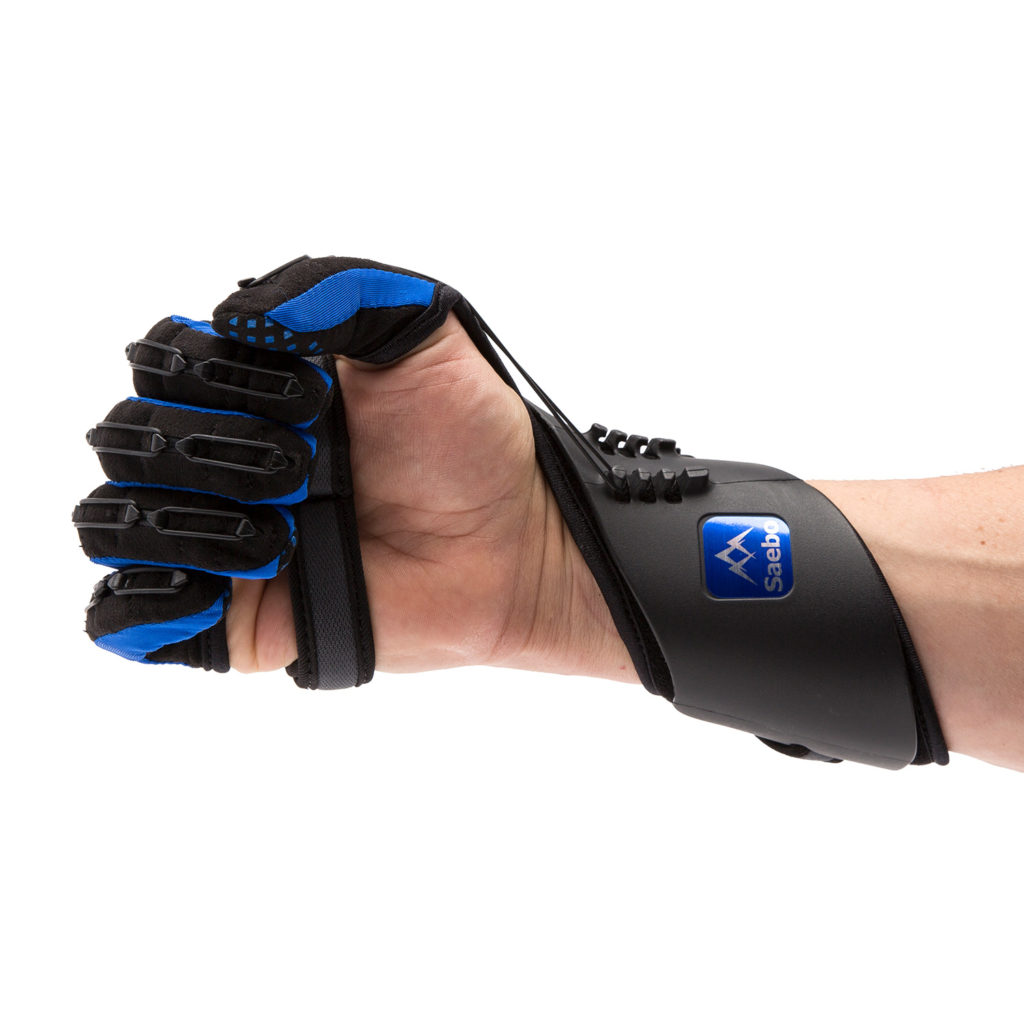
How Much/How often?
The original format is a 2 week programme with 6 hours of practice per day whilst wearing a mitt on the unaffected hand 80% of the waking hours. This is now often modified to 4 hours per day over a 2-4 week period.
The SaeboGlove can be worn for the duration of the practice for a modified version.
6. Repetition , Repetition , Repetition … !
What quantity is needed?
100’s of repetitions are required per day to make cortical changes or to “re wire” the brain (some early studies suggest 400-600 specifically for the hand opening and closing). And then consider the average person opens and closes their hands 5000-10,000 times per day but in therapy, observational studies have shown reps don’t often get past 20-30.
The quantity may sound high but spread out over the course of the day it is an achievable and is a must in any stroke recovery programme in the hospital or at home. Even if you only have minimal movement and in limited areas repetition, repetition, repetition still applies
Saebo Product suggestion
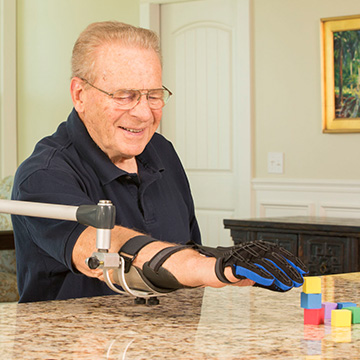
Consider the SaeboGlove or SaeboFlex for grasp and release depending on your spasticity. The SaeboFlex is designed for hands with moderate to severe spasticity and the SaeboGlove when it is mild. You can also use NMES with the SaeboStim Pro or SaeboStim One for repetition of specific muscle groups and movements. If there is weakness at the shoulder making repetitions challenging, the SaeboMAS Mini de-weighting device can be a helpful addition.
In fact, nearly ALL of our Saebo products are designed to help the user perform more repetitions! (only our SaeboStretch helps give your hand a rest!)
How often?
Repetitions can be spaced out during the day. Once you start counting your reps you will be surprised at how many you can achieve throughout the whole day.
7. Aerobic Exercise
Why is this important?
Improve fitness and heart health. Lowers blood pressure. Improves strength and balance. Improves mood and quality of life. And it is supported by research for people post stroke ( Heart and Stroke Foundation Canada ).
Aerobic exercise can also be used prior to practicing tasks as a neuroplasticity boost. It wakes everything up by giving the brain a gentle nudge to get ready for activity , often called “priming”. Evidence shows that for the arm “motor function may be enhanced if aerobic exercise is paired with motor training” *.
What exercise can I do?
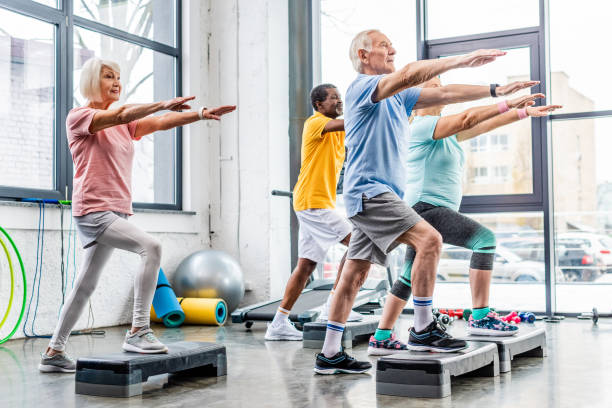
Join a walking group, gym, or exercise class suitable to your ability. Seek professional guidance to return to exercise if required. If you are less mobile, consider a seated exercise group in the community or online from your own home. Different strokes have an online library of exercises, as do the Stroke Association .
Aerobic activity can be introduced at any point during your recovery journey, and can continue for many years later. Try to incoprorate it into your daily routine for longer lasting benefits. Gradually increase frequency, time, and intensity as able.
8. Goal Setting
Why is these important?
Set yourself goals to help maintain motivation for your rehab. The journey can be long and will have its ups and downs and goals can help keep you focused and stay the course. They could be set with the help of a therapy team, family or on your own.
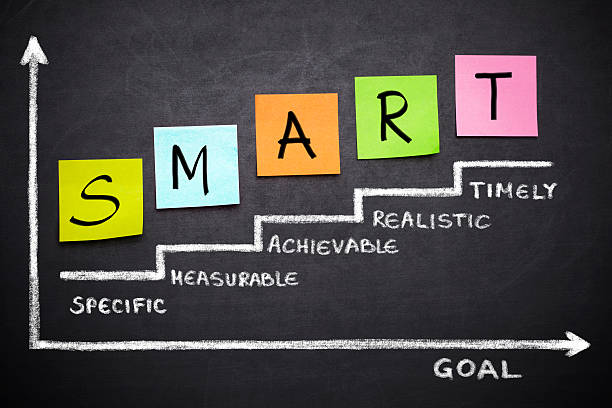
How can Saebo help?
Follow us on social media for tips, inspiration and motivation from Saebo and other Stroke Survivors. We are here for the duration of your journey, not just the start.
How do I stick to them?
Consider a weekly planner, written diary, or activity log. Videos of progress can be helpful to look back at for motivation. It might also be joining an exercise group or social club with people in a similar position that can help keep you motivated along your journey.
9. Spasticity Management
What is it?
Strategies to reduce spasticity will help movement, recovery and prevent secondary discomfort and deterioration. These includes interventions such as Botulinum Toxin, medication (e.g. Baclofen), NMES and strengthening exercises. Spasticity management is usually a multi pronged approach.
Saebo Products
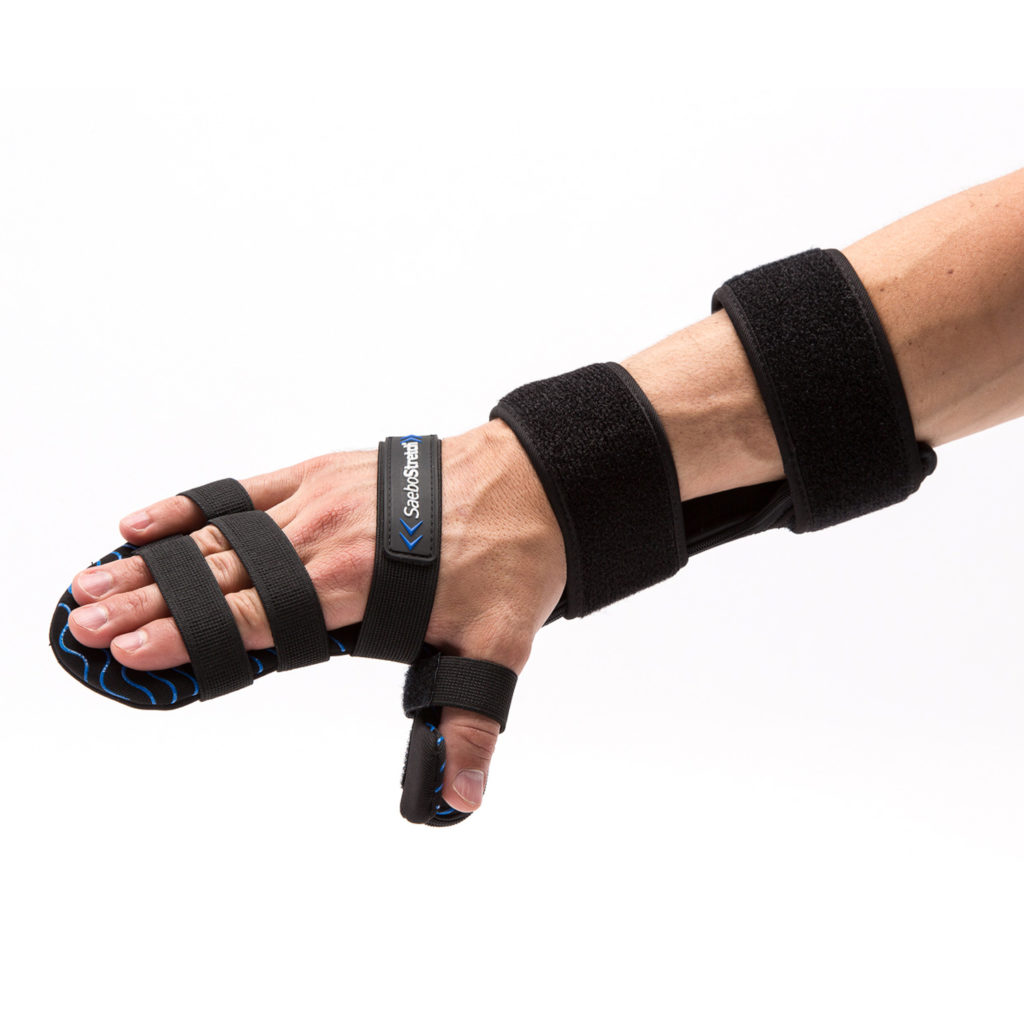
- SaeboStretch to help tackle secondary muscle shortening.
- SaeboStim Pro using the Sensory Electrical Stimulation programme (SES) with our mesh garments for the hand and arm.
- NMES to strengthen the opposing muscle and stretch the spastic muscle.
How often?
SaeboStretch 6 hours per day, ideally over night for a gentle and low load stretch. This could be post Botox injection for optimum benefit if indicated.
SaeboStim Pro using the SES 30 minute programme 1-2 times per day.
SaeboStim One and SaeboStim Pro as an NMES tool 30 minutes per day on the target muscle.
10. Resistance training
What is it?
Exercise that helps you build strength by making your muscles work against something—like lifting weights, using resistance bands, or even pushing your own body weight (like doing a squat or a wall push-up).
It’s not just lifting weight in a gym: if you’ve ever carried a heavy grocery bag or climbed stairs, you’ve already done a form of resistance training!
Research for resistance training post stroke shows it can help improve muscle strength and power, including explosive power which can help reduce risk of falls. It can also help with speed of walking and walking more regularly. And importantly it can help improve overall health related quality of life.
How often?
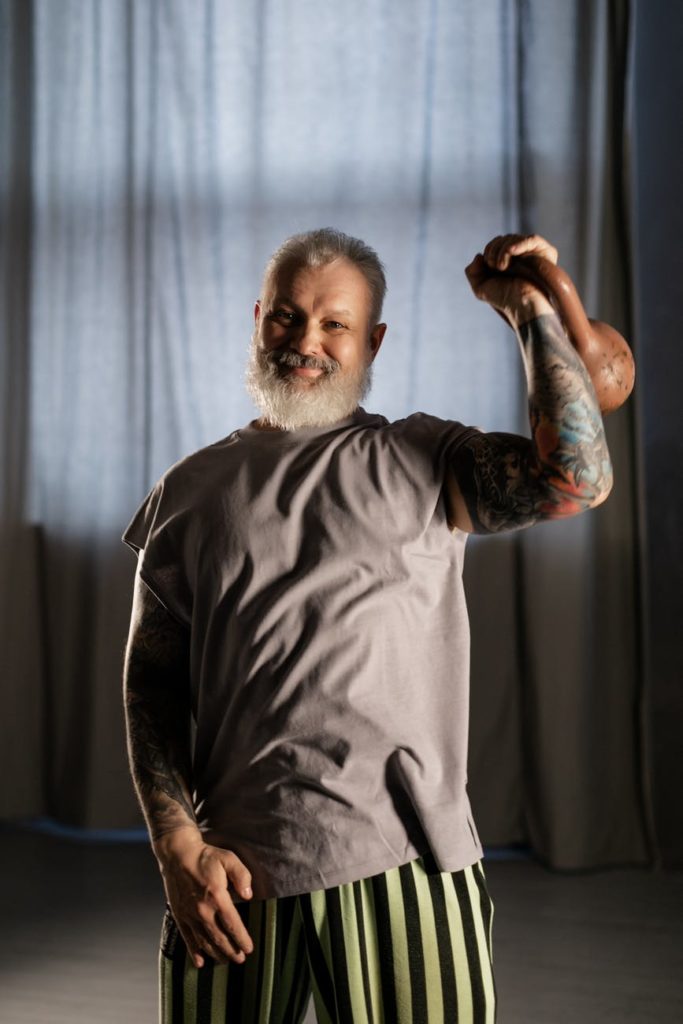
Aim for 2-3 times per week. If you have access to a trainer or gym instructor that’s great.
The Stroke Association also has 4 or 12 week programmes online you can sign up for if a gym is not accessible to you.
And it can be very safe and gentle depending on your ability. For example:
- Sitting and lifting light weights.
- Standing and doing leg exercises with support.
- Using stretchy bands to work arm muscles.
- Practicing getting up from a chair. Add weights to progress.
What are you waiting for to get started!
Clinical Evidence:
National Clinical Guideline for Stroke for UK and Ireland
Australian and NZ Clinical Guidelines for Stroke Management
Canadian Stroke Best Practice Recommendations
Heart and Stroke Foundation Canada
European Stroke Organisation Guidelines on Motor Rehabilitation
* Aerobic exercise exercise boosts Neuroplasticity
